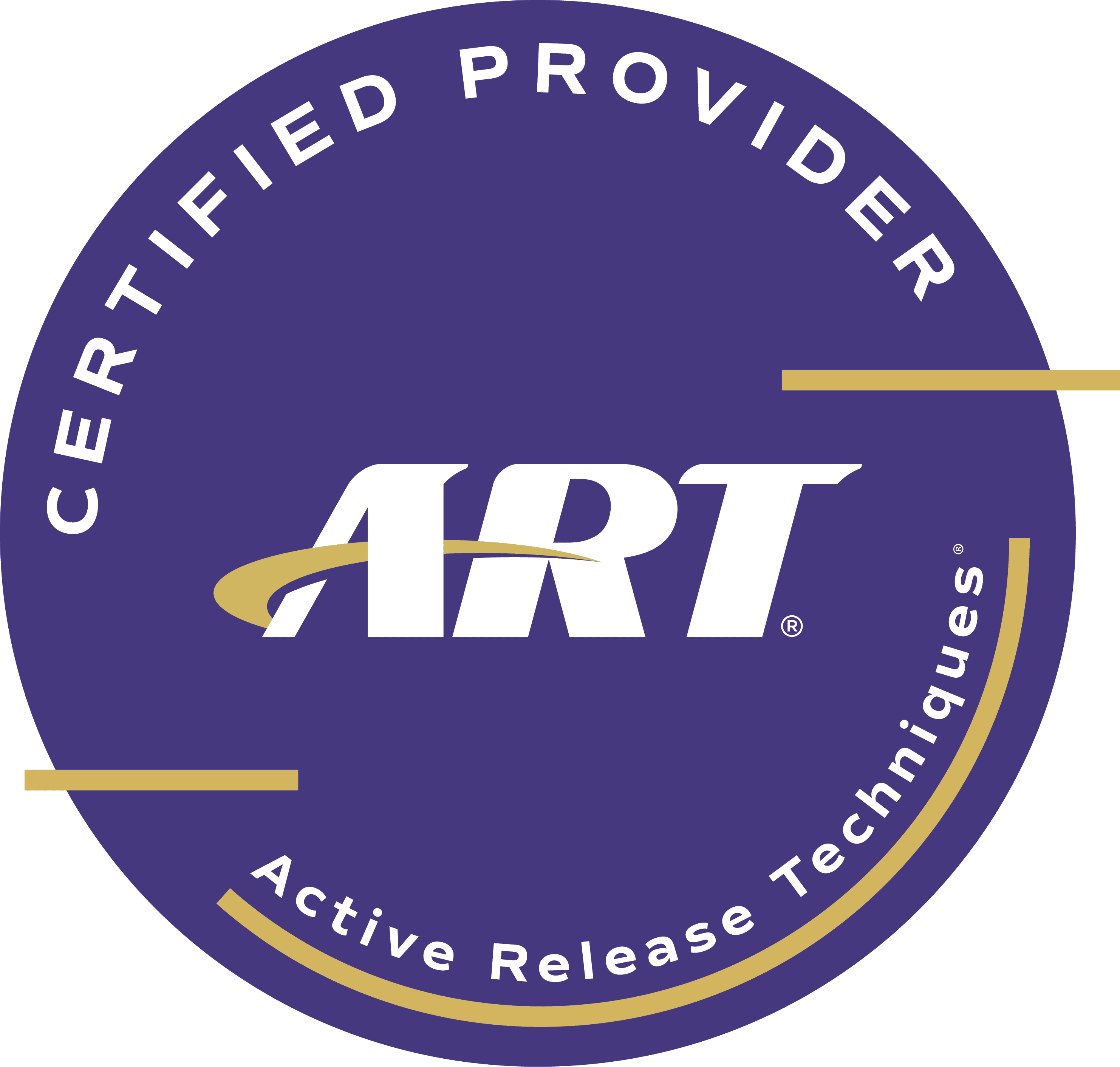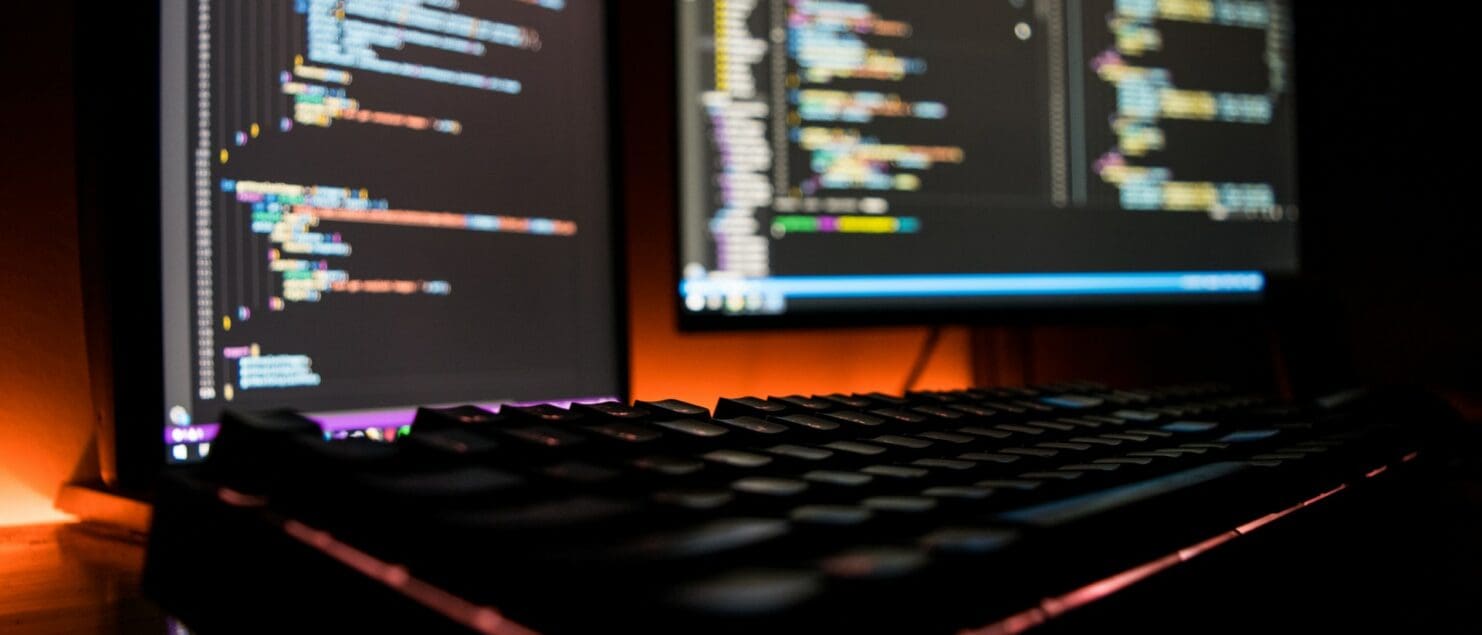Hardware and Software Problems
The problems chiropractors fix typically fall into two categories, which I refer to as hardware problems and software problems. Disc problems are most typical of hardware problems, where there is an injury to one part of the patient’s anatomy that we’re trying to heal. Muscle problems are also hardware problems, but are typically far less severe. While acute muscle tears do happen, they are comparatively rare. Much more common are situations where a muscle has chronically developed a lot of scar tissue. Treatment here is mostly about breaking up the scar tissue, and rehabilitating muscle function.
Software problems have much more to do with function than structure. People have a tendency to believe that joints are either fine, or injured, and there’s nothing else that can happen. In contrast, consider the automatic sliding doors at the supermarket. If the software controlling them became corrupted, they might only open a little, not wide enough to get through. This wouldn’t mean there was anything wrong with the doors themselves. Likewise, joint function is delicately controlled by our central nervous system (CNS), and the programs (if you will) controlling them can become corrupted. If this happens, the joints’ ability to open and close properly will be impaired.
Each joint also sends information back to the CNS, which we will call position-sense here. This position-sense feeds into the pool of information about the whole body which helps us plan movements, and the CNS is dependent on the movement of the joint to get it. At the same time, there is also a sense of noxious stimuli, which is known as nociception. Nociception isn’t exactly pain, because only about 20% of nociception become conscious to us. While most of it isn’t conscious, nociception can have extremely powerful effects, altering heart rate, blood pressure, and respiration. Even more importantly for our software problems is that position-sense and nociception run on the same pathways of the nervous system, so they are literally competitive for bandwidth. What that means is that having a lot of nociception will reduce the position-sense coming from your joints, and vice versa. This is much like the fragmentation you may have seen with your computer.
What the chiropractic adjustment does is mechanically flood your nervous system with position-sense. This will reduce the amount of nociception. While reducing nociception can reduce your pain, it can also make it far easier to move, and reduce the strain on your system overall. To take the software analogy just a little further, each adjustment is much like the software updates your computer needs. And, in a very similar way to your computer needing to reboot after, the CNS installs the update when you go to sleep that night. And, also like a computer, these updates are not “one and done”. In order to allow adaptation to changing circumstances, it takes multiple software updates.


